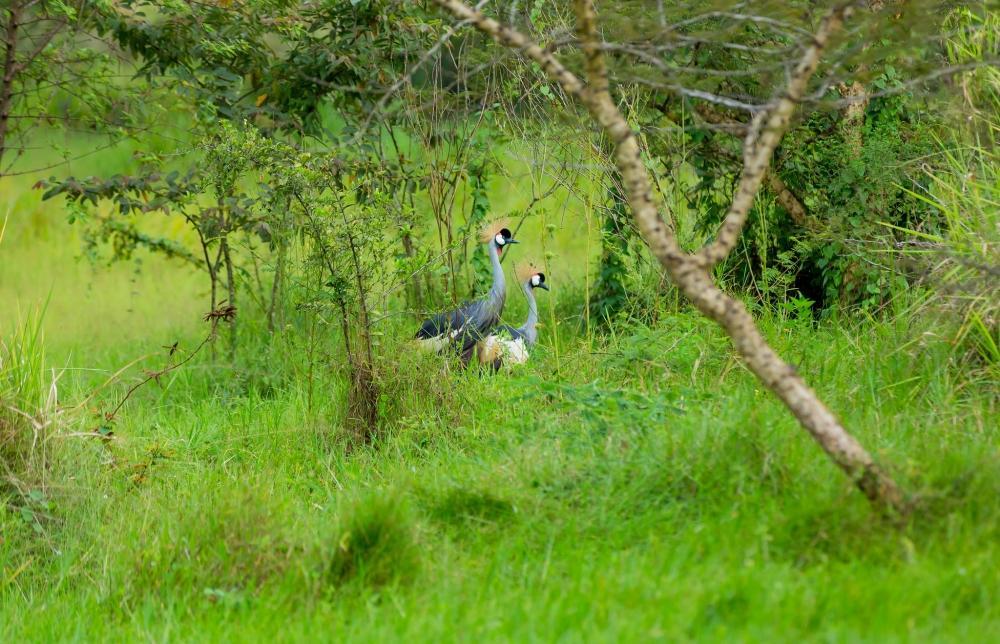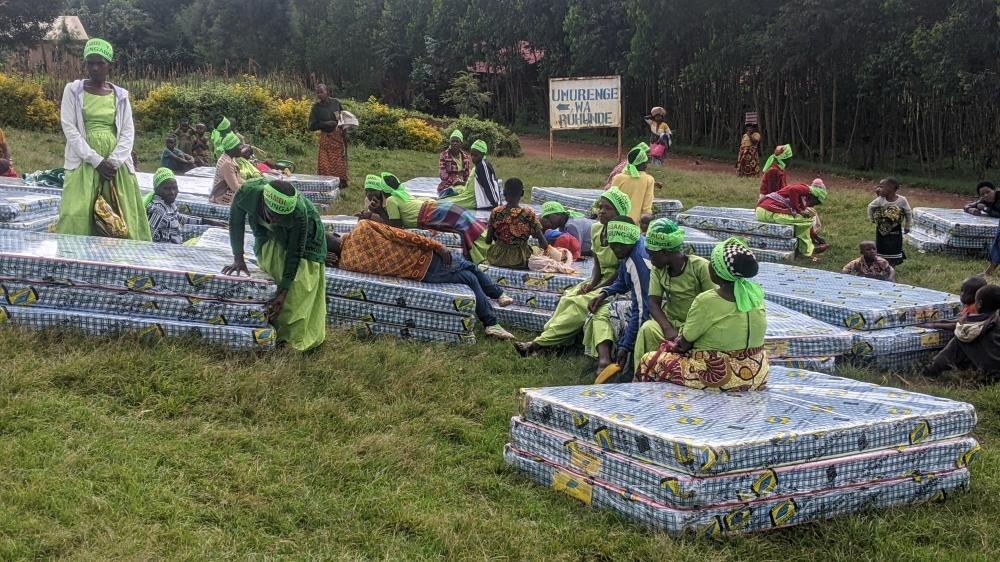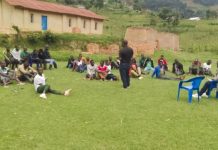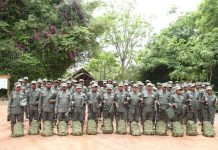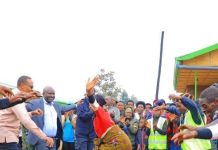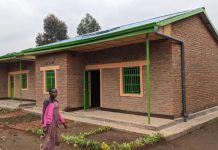Africa-Press – Rwanda. There is a need to reduce dependency on grass cutting in the Rugezi wetland—used to craft traditional sleeping mats—to conserve the crane habitat, stabilise the water supply for hydropower, and create a national park around the wetland, conservation experts have said.
Rugezi wetland is a peatland located in Burera and Gicumbi districts in Northern Province, covering about 7,000 hectares and lying at an altitude of approximately 2,050 metres.
BirdLife International has classified it as one of seven important bird areas that accommodate threatened bird species including the Bradypterus graueri (songbird species) and grey crowned crane.
The wetland is one of Rwanda’s strategic water resources and is critical in regulating and filtering water flow into Lake Burera and Lake Ruhondo, which feed two of the country’s largest hydropower plants, Ntaruka and Mukungwa.
Rugezi was designated as a Ramsar site in 2006, meaning it is of international importance under the Ramsar Convention on Wetlands Conservation.
“We have partners licensed by Rwanda Environment Management Authority to help conserve Rugezi wetland. The partners are also protecting the crane population which was under extinction. They are also playing a big role in protecting the wetland and its buffer zone from encroachment. The needy people around the wetland are benefiting from social protection to get an alternative source of income instead of exploiting the wetland,” Soline Mukamana, the Mayor of Burera District, said.
Creating an eco-park
Biodiversity conservation organisations are also working with the Rwandan government to create a new 14,857-acre national park to protect the entire Rugezi wetland at a cost of over Rwf3 billion.
According to district authorities, the crane population increased from 80 to 273 in 2023 following various national initiatives against people who would capture and keep them domestically.
Since 2023, the International Crane Foundation (ICF) has initiated mattress provision to women groups as an alternative means of livelihood for households residing around the marsh. This initiative aimed to decrease reliance on grass cutting, thereby, helping conserve the cranes’ habitat.
Women were singled out for mattress provision in communities surrounding Rugezi Marsh because they constituted the majority of individuals engaged in the vital task of harvesting marsh grass for crafting traditional sleeping mats, according to Adalbert Aine-Omucunguzi, the East Africa Regional Director for the International Crane Foundation.
“Rugezi marshland has a critical importance for crane population growth as its grasses act as a vital nesting material,” he said.
Omucunguzi said once the community cuts the grass down, the crane population leaves and does not breed as their natural habitat is disturbed.
“A lot of people would harvest grasses to feed their livestock. Once people are cutting these grasses, they’re cutting where cranes will breed, chasing them away from their habitat,” he noted.
Theresa Nyirangwabije, 84, depended on the marshland nearly her entire life, seeking grass to craft mats.
“We would cut grass from Rugezi when I was a little girl. We would go there to collect firewood when we were children and would see cranes,” she narrated.
Rugezi wetland
“We could’ve destroyed it many years ago unknowingly without recognising its benefits, it has a significant impact on even generations to come. It is a source of water to Burera and Ruhondo twin lakes.”
Liberta Uzabino, who lives in the area, said that initiating saving groups to be able to buy mattresses instead of crafting mats using Rugezi wetland grass is needed among households around the wetland.
There are over 38,000 households around Rugezi wetland and 26,945 households are located in the wetland’s catchment.
The local women and men would cut grass in the marshland, hunt birds, and kill snakes.
“There was no grass left before its restoration, we could even dig part of it for potato farming,” said Uzabino. “You could see only one crane flying from there but things are now changing. Cranes and birds have increased and you can see a lot of grasslands.”
“We now sleep well; we no longer cut grasslands to make mats. We have mattresses,” she added.
According to Uzabino, more women groups need to be created and supported to increase the efforts to protect Rugezi marshland.
Funded by Kansas City Zoo and Aquarium, each family receives three mattresses to reduce the need for grass harvesting from the marsh and minimise direct disturbances to the cranes’ vital reproductive habitat, as well as alleviate pressure on the marsh ecosystem, ensuring long-term protection of the grey crowned crane habitat.
Furthermore, around 7,000 families received Napier grass cuttings for both fodder and erosion control on the Rugezi hillside.
Women groups are given mattresses to stop cutting grass from Rugezi wetland for crafting traditional mats
Crafting traditional sleeping mats threaten crane habitat in Rugezi wetland



For More News And Analysis About Rwanda Follow Africa-Press

